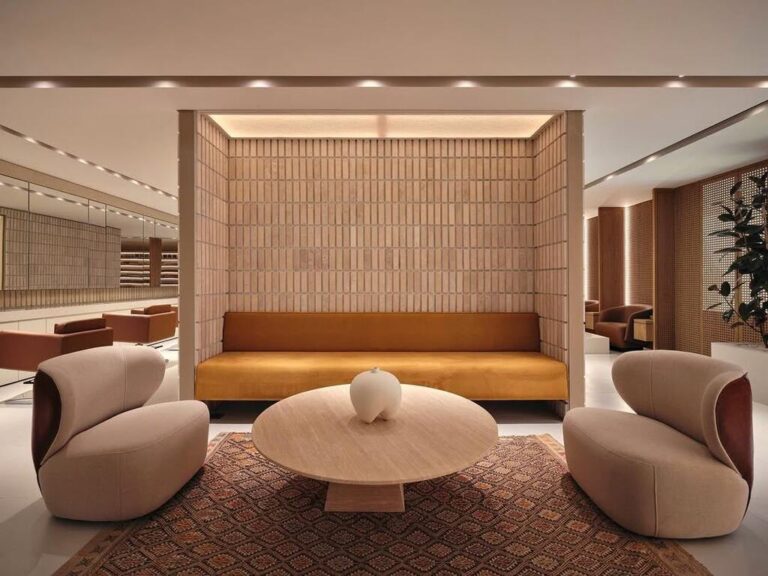In this blog, I will share everything you need to know about form in interior design. Form influences how a space looks, feels, and functions. It shapes the layout, furniture, and decor, creating a balanced and harmonious environment.
Whether you prefer sleek, structured lines or natural, flowing shapes, form is a crucial aspect of design. Knowing how to apply it effectively can help you craft spaces that are both beautiful and functional.
Let’s explore how form impacts interior design and how to use it to enhance your space.
Definition of Form in Interior Design
Form refers to the three-dimensional aspect of objects within a space. It dictates the overall shape, volume, and structure of furniture, architectural elements, and decor.
Unlike shape, which is two-dimensional, form adds depth and mass. Every object, whether a chair, a table, or a lamp, has form, contributing to the room’s visual appeal and function.
A well-executed form creates a sense of order and flow. Whether incorporating soft, organic curves or sharp, geometric edges, the right form ensures a cohesive and purposeful design.
The Principles of Form in Interior Design
Unity
A well-designed space maintains a visual connection between different forms. Repeating similar shapes or styles ties elements together and prevents a disjointed look.
Balance
Balance ensures that no area feels too heavy or too empty. Symmetrical arrangements create order, while asymmetrical layouts introduce visual interest.
Emphasis
The strategic use of form draws attention to specific areas. A striking furniture piece, a sculptural element, or a bold architectural feature can serve as a focal point.
Proportion and Scale
A proper scale ensures that objects fit their surroundings. Large furniture in a small room feels overwhelming, while undersized decor gets lost in a spacious area.
Rhythm
Rhythm in design is achieved by repeating forms, patterns, or lines. This technique helps guide the eye smoothly through a room, creating a sense of flow.
Types of Form in Interior Design
Geometric Forms
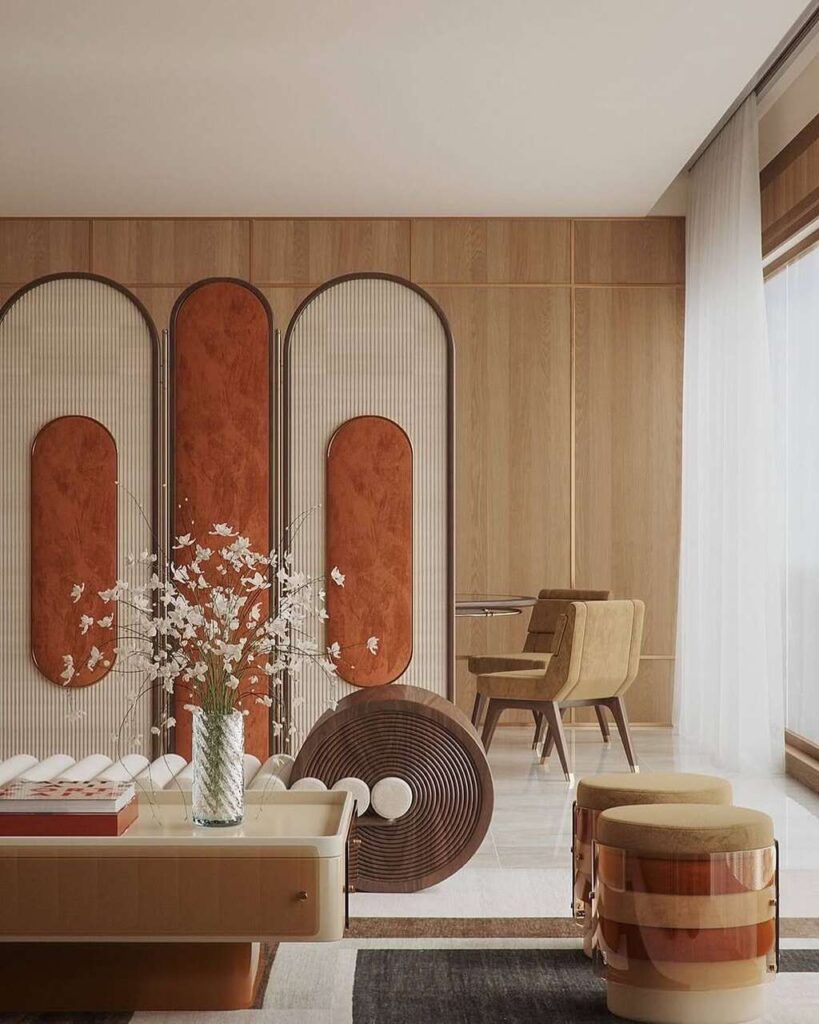
Defined by straight lines and precise angles, geometric forms include rectangles, squares, and circles. They are common in modern and contemporary interiors.
Organic Forms
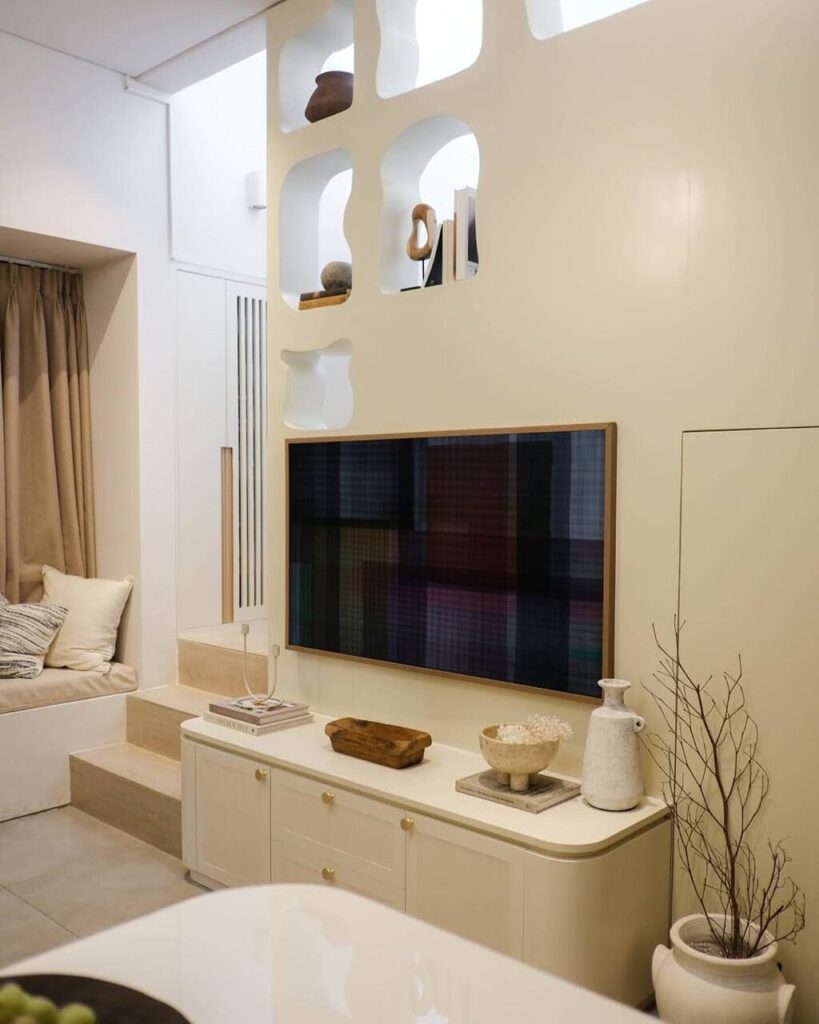
Inspired by nature, organic forms have curves and irregular edges. They introduce softness and create a welcoming, relaxed ambiance.
Open Forms
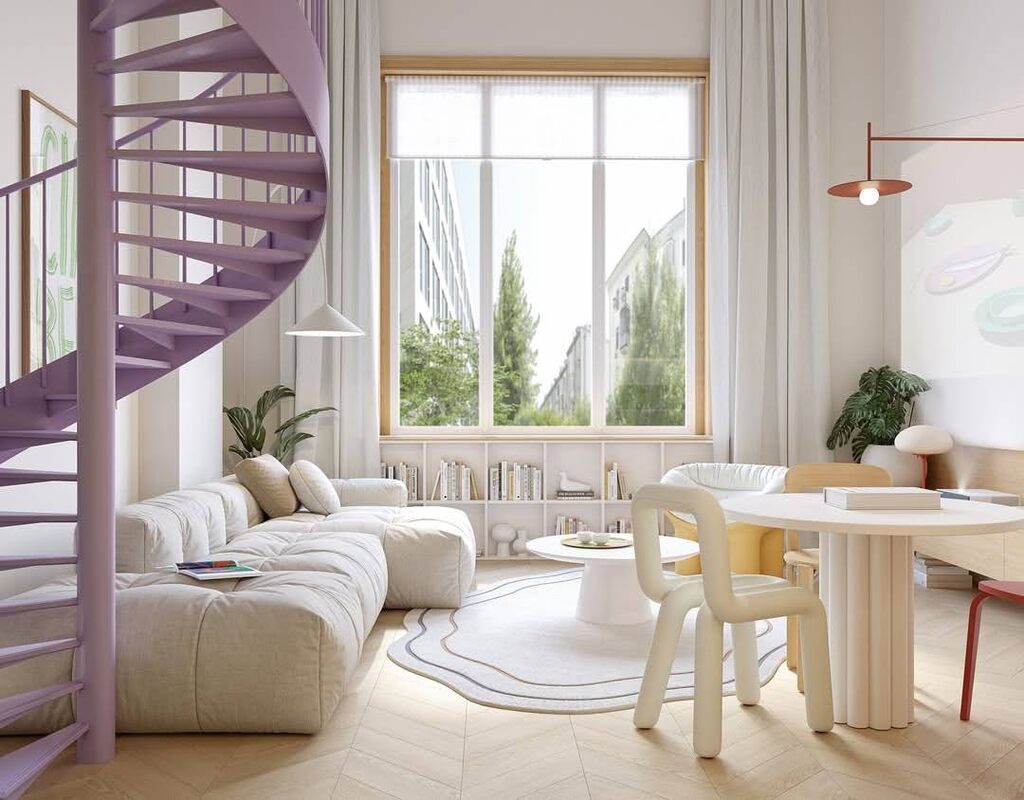
Open forms expose their structure, such as open shelving or furniture with visible legs. They create an airy, spacious feel.
Closed Forms
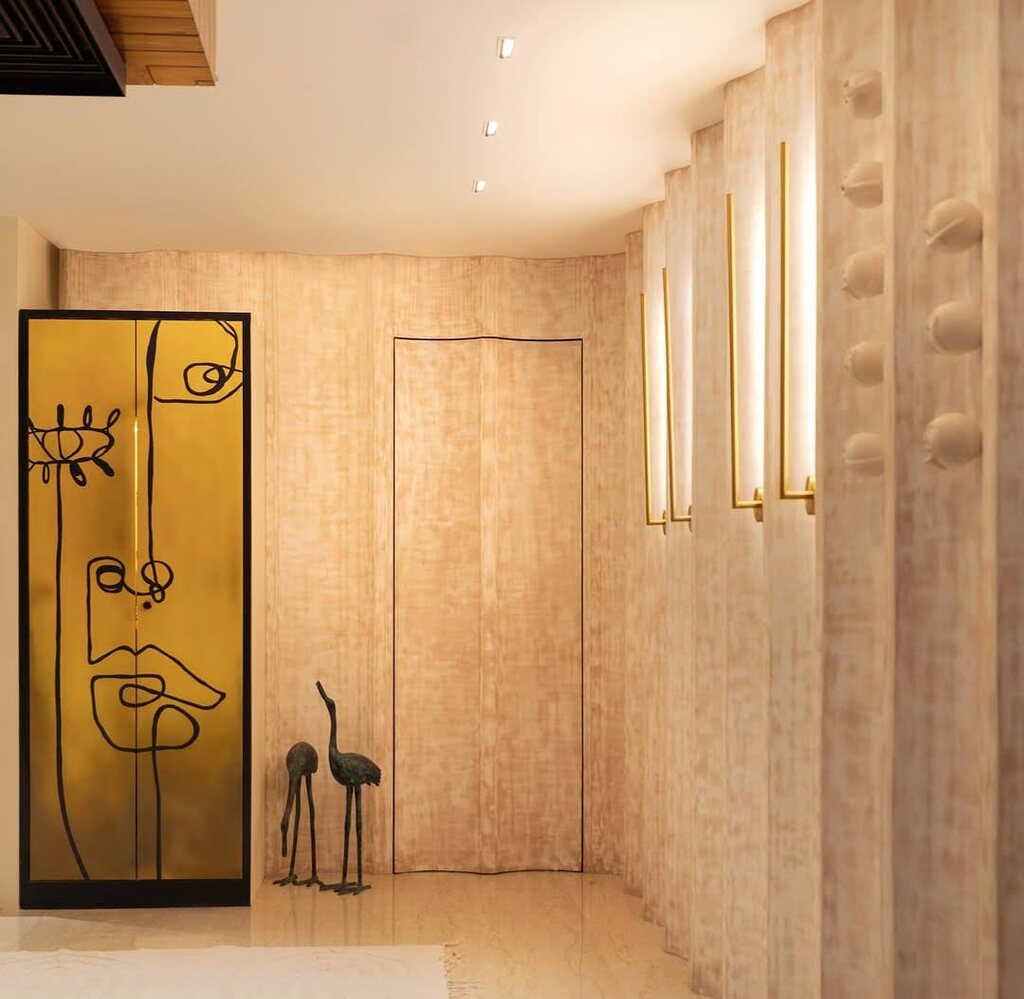
Closed forms are solid and contained, like enclosed cabinets or boxy furniture. They provide a sense of stability and grounding.
Positive Space
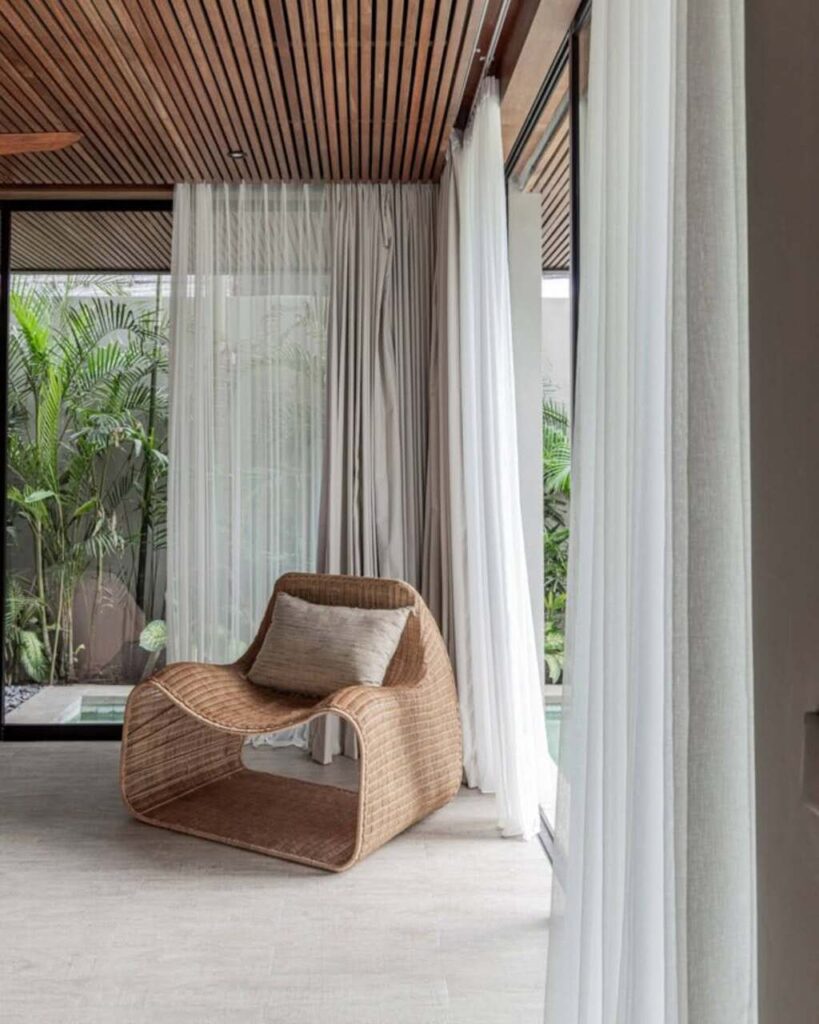
Positive space includes objects and furniture. Too much positive space can make a room feel crowded.
Negative Space
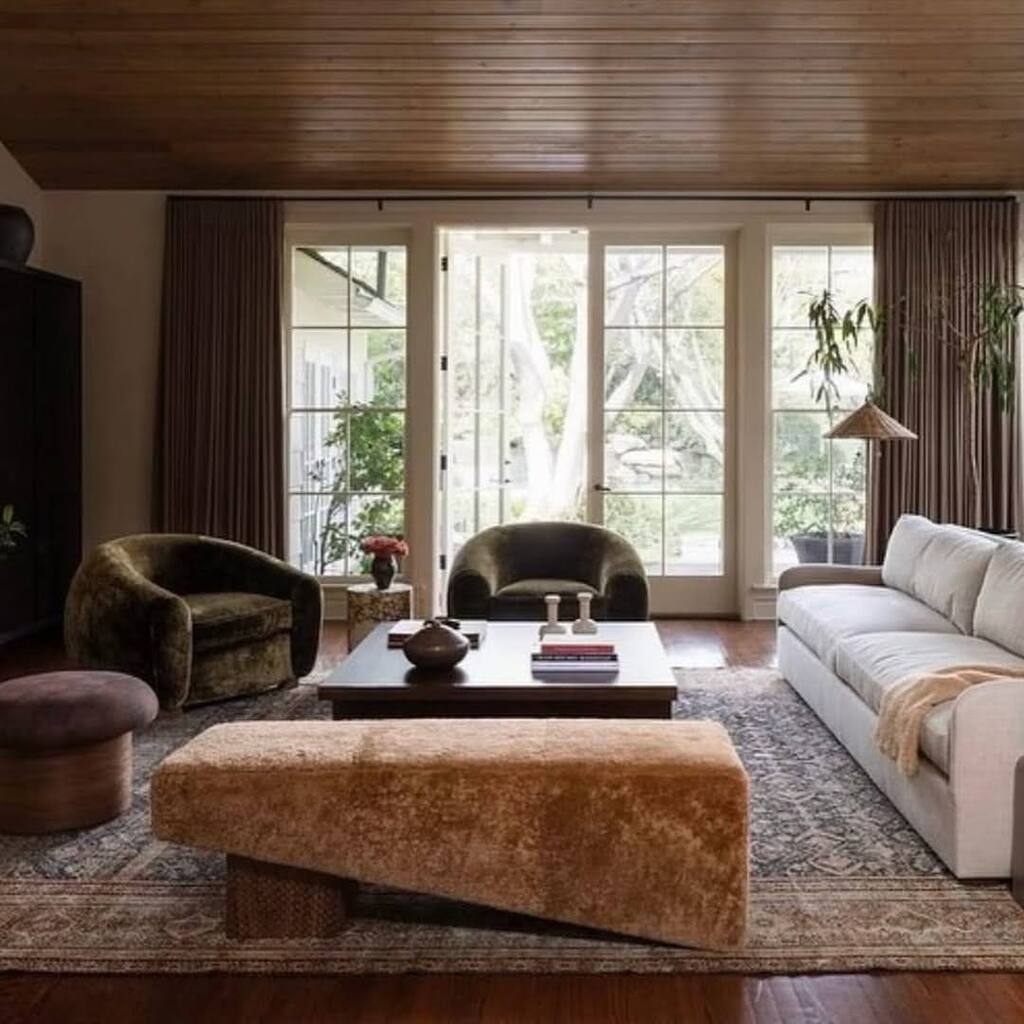
Negative space is the empty area around objects. It prevents clutter and enhances form visibility.
The Role of Form in Functional Interior Design
This principle states that design should first meet functional needs. A visually appealing but impractical piece disrupts usability.
In well-designed spaces, furniture placement, storage solutions, and layout prioritize efficiency. Functionality guides the form to enhance daily living.
How Form in Interior Design Affects Spatial Perception
Vertical vs. Horizontal Forms
The way forms are positioned in a room can change how the space feels. Vertical elements, like tall bookshelves or floor-to-ceiling windows, draw the eye upward, making ceilings appear higher. This creates an airy, grand feel, often used in small spaces to add a sense of height.
Horizontal forms, such as low-profile sofas, wide tables, or long shelves, make a room feel more expansive. They guide the eye across the space, emphasizing width. This layout is useful for creating a cozy, grounded environment, especially in large rooms that need more intimacy.
Curved vs. Angular Forms
Curved forms introduce softness and fluidity to a space. Rounded furniture, arched doorways, and circular rugs create a welcoming, relaxed atmosphere. They help break up rigid lines and add movement to the design.
Angular forms, on the other hand, bring structure and clarity. Sharp edges, straight lines, and geometric shapes establish a sense of order and precision. These are often used in modern or industrial interiors to create a bold, defined aesthetic.
Traffic Flow
The arrangement of forms affects how people move through a space. A well-planned layout allows for easy navigation, reducing obstacles that could make a room feel cramped. Open spaces between furniture improve flow and accessibility.
Too many large or poorly placed forms can block pathways, making movement difficult. In high-traffic areas, it’s important to balance form and function to ensure a smooth and comfortable experience. Thoughtful design keeps the space visually appealing while maintaining practicality.
Implementing Form in Different Interior Design Styles
Minimalist Design and Simple Forms
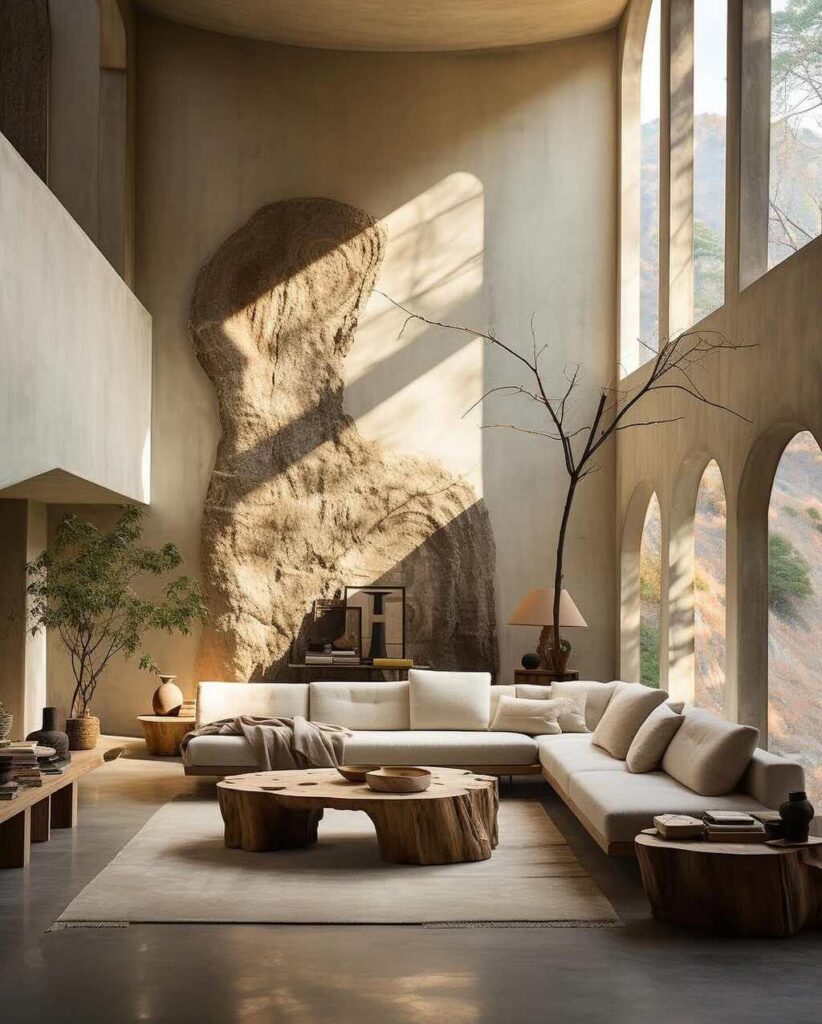
Minimalist interiors rely on simplicity, focusing on clean lines and functional forms. Furniture pieces are often sleek, with smooth edges and a neutral color palette.
Every form is intentional, ensuring that nothing feels excessive or out of place. By reducing visual clutter, minimalist design creates a sense of calm and openness.
The emphasis is on space rather than objects, making rooms feel airy and uncluttered. Storage solutions are often built-in, maintaining a seamless look while maximizing functionality.
Traditional Design and Classic Forms
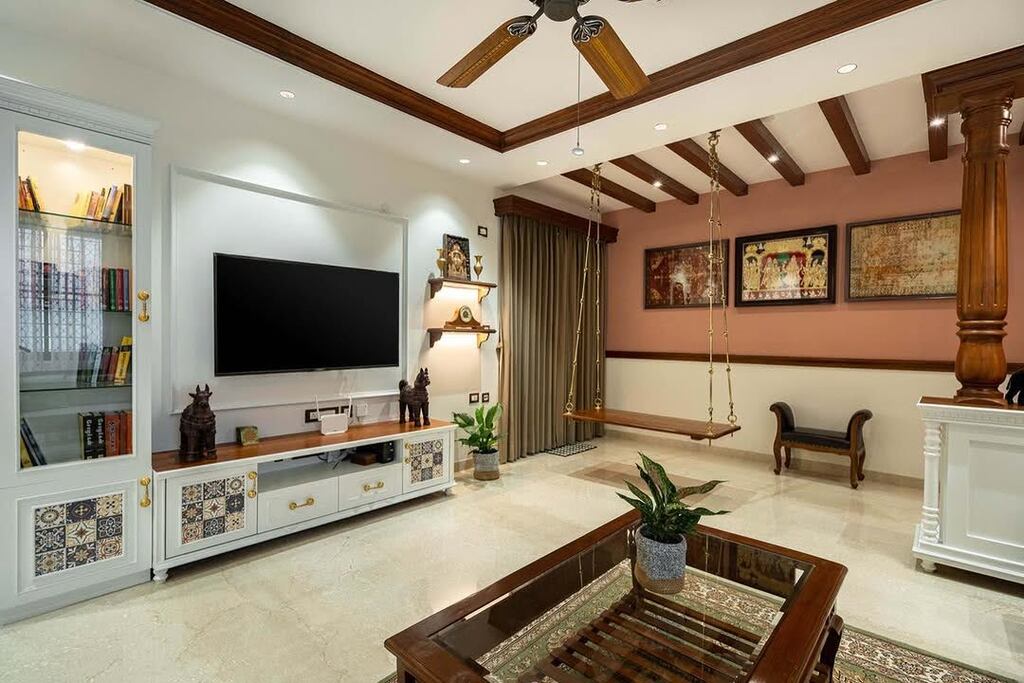
Traditional interiors celebrate rich details and timeless elegance. Furniture often features curved legs, intricate carvings, and soft, symmetrical shapes.
Moldings, arches, and decorative trims add layers of sophistication to the space. This design style creates a warm and inviting atmosphere. The use of classic forms ensures that the space remains visually balanced and refined.
Upholstered chairs, ornate chandeliers, and antique-style decor enhance the sense of luxury and comfort.
Modern and Contemporary Design
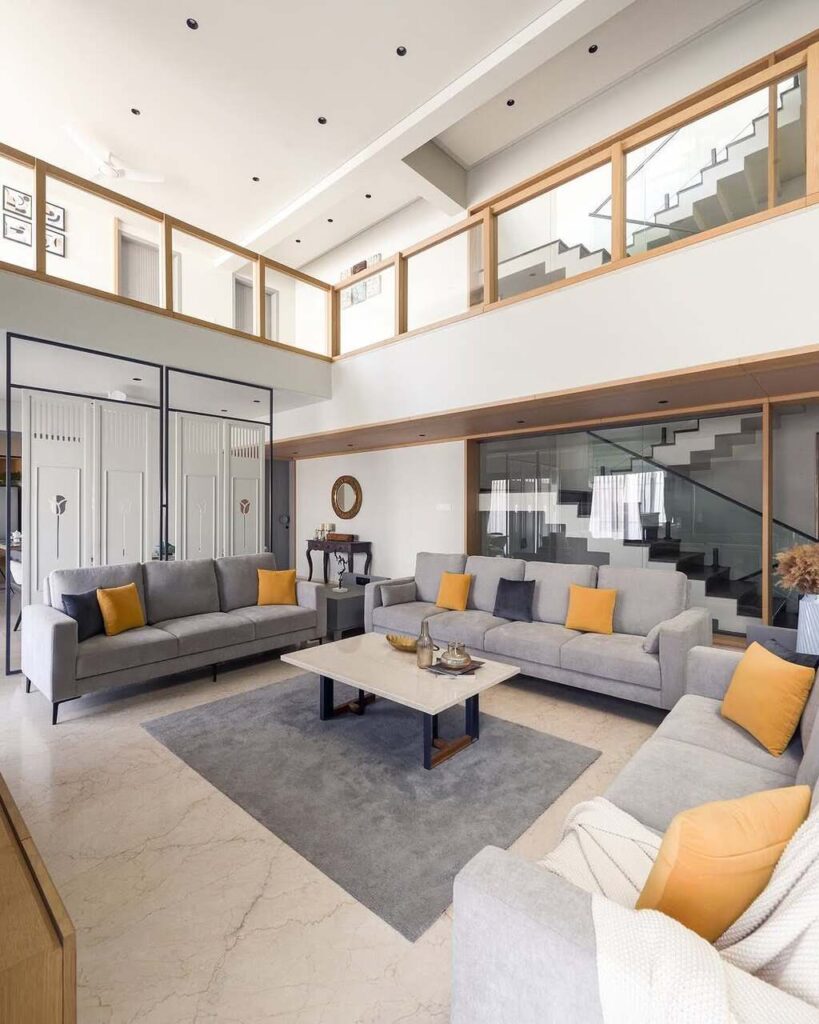
Modern interiors favor bold, structured forms with a focus on simplicity and function. Clean, straight lines dominate the design, while smooth surfaces and neutral tones keep the space feeling sleek.
Large windows and open layouts enhance the feeling of spaciousness. Contemporary design blends both straight and curved forms to create a more dynamic look.
Rounded furniture, statement lighting, and mixed materials bring balance to the structured aesthetic. This approach keeps the space visually engaging while maintaining practicality.
Eclectic Design and Mixed Forms
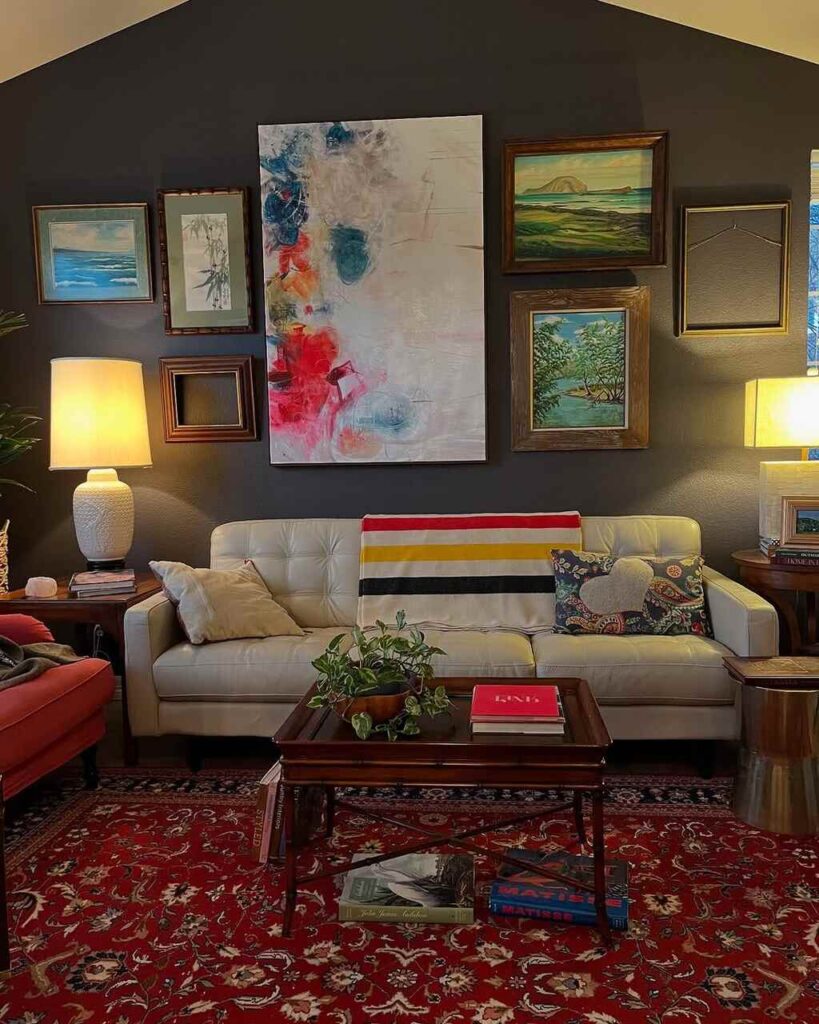
Eclectic interiors embrace variety, combining different forms to create a unique and expressive space. Geometric furniture may sit alongside organic, free-flowing decor, adding contrast and depth.
The mix of shapes and silhouettes makes the design feel dynamic and full of character. To maintain balance, textures and colors are carefully layered.
A combination of vintage and modern elements helps blend different styles cohesively. By thoughtfully mixing forms, an eclectic space feels curated rather than chaotic.
Tips for Using Form Effectively in Interior Design
Choosing the Right Forms for a Space
Every space has a purpose, and the forms within it should reflect that. A home office benefits from structured, angular forms that promote focus and organization.
In contrast, a cozy living room feels more inviting with soft, rounded furniture that encourages relaxation. Mixing different forms prevents a space from feeling dull or repetitive.
A combination of straight edges and curves adds visual depth, keeping the design interesting. Choose forms that not only look good but also enhance the way you use the space.
Balancing Positive and Negative Space
A room filled with furniture and decor can feel overwhelming. Negative space, or the empty areas between objects, is just as important as the items themselves.
It allows each form to stand out and creates a sense of openness. Finding the right balance between positive (occupied) and negative (empty) space makes a design feel intentional.
Avoid pushing furniture too close together. Leaving space around objects improves flow, making the room feel more comfortable and inviting.
Using Form to Create Focal Points
A well-placed statement piece can transform a room. A sculptural chair, a bold pendant light, or an eye-catching piece of artwork naturally draws attention.
These standout forms anchor the space and give it personality. Contrast is key when creating a focal point.
A round mirror in a room with mostly straight lines will immediately stand out. Playing with scale and shape ensures that the focal point remains the star of the design.
Enhancing Design with Form-Based Accessories
Accessories are a simple way to introduce new forms without making major changes. Vases, lamps, and sculptures bring additional shape and texture to a space.
Choosing accessories that complement existing forms keeps the design cohesive. Patterns in textiles also influence form perception.
A geometric rug can add structure, while a floral pillow introduces softness. Thoughtfully selected accessories enhance the overall design without overpowering the space.
Conclusion
Form is a fundamental element that shapes interior design. It influences function, aesthetics, and how people experience a space.
By thoughtfully selecting and arranging forms, you can create interiors that are both visually appealing and highly functional. Experiment with different forms to discover the best balance for your space.
Understanding form allows you to craft interiors that feel intentional, comfortable, and inspiring.
FAQs
What does form mean in interior design?
Form refers to the three-dimensional shape, structure, and volume of objects within a space. It influences aesthetics, function, and spatial perception.
How does form differ from shape in design?
Shape is two-dimensional and flat, while form is three-dimensional and has depth, mass, and volume.
Why is form important in interior design?
Form helps create visual harmony, enhances functionality, and influences how a space feels and flows.
What are the different types of forms in interior design?
Forms can be geometric (structured, angular) or organic (natural, flowing). They can also be open (exposed structure) or closed (solid, enclosed).
How does form impact the perception of space?
Vertical forms make a space feel taller, horizontal forms create a sense of width, and curved forms soften the environment.
What is the relationship between form and function in interior design?
The principle of “form follows function” suggests that the design of objects and spaces should prioritize usability before aesthetics.
How can I create balance using different forms?
Mixing geometric and organic forms, along with positive and negative space, helps maintain visual balance and prevent monotony.
What role does form play in minimalist interior design?
Minimalist design emphasizes simple, clean-lined forms with minimal decoration, focusing on function over excess.

